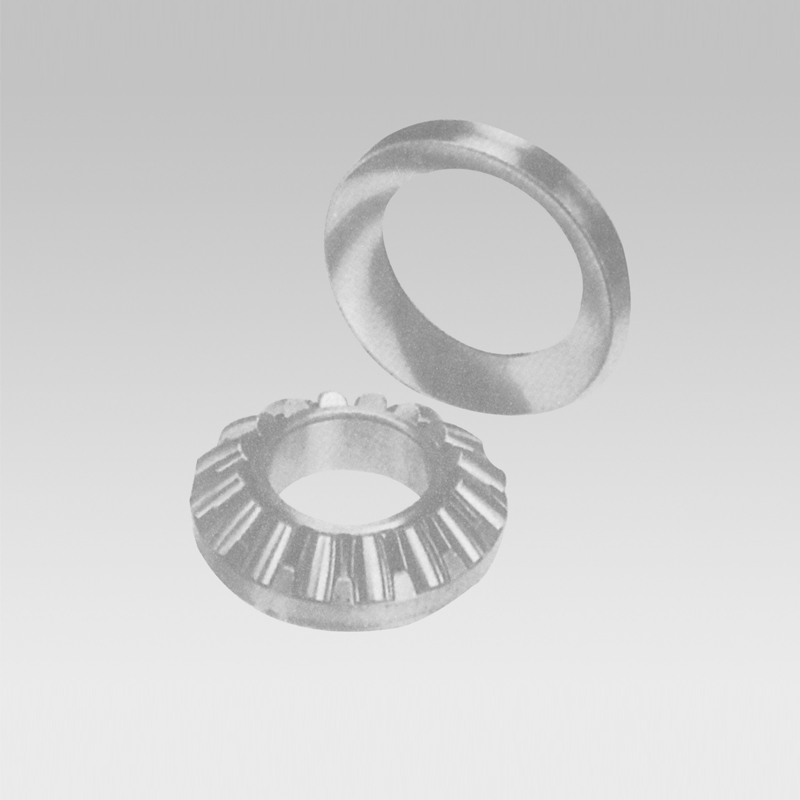
Nov . 11, 2024 05:03 Back to list
Understanding Deep Groove Ball Bearing Specifications and Applications for Enhanced Performance
Understanding Deep Groove Ball Bearings A Comprehensive Guide
Deep groove ball bearings are among the most commonly used types of bearings across various industrial applications. Their design is simple yet effective, making them a popular choice for both low and high-speed applications. This article aims to delve into the fundamentals of deep groove ball bearings, highlighting their design, features, applications, and advantages.
Design and Structure
Deep groove ball bearings consist of an outer ring, an inner ring, a cage, and balls. The outer and inner rings are typically made of high-quality steel or sometimes ceramic, which provides durability and strength. The balls are located in the raceways between the rings, allowing them to roll smoothly under load. The design of deep groove ball bearings features deep raceways that allow for angular contact, enabling them to support radial and axial loads simultaneously.
Types of Deep Groove Ball Bearings
There are two primary types of deep groove ball bearings single row and double row. Single row bearings are designed to support radial loads primarily and some axial loads in one direction. They are the most prevalent type and are available in various sizes and tolerances to fit almost any application. Double row deep groove ball bearings can support higher loads and are used in applications where space is limited but load capacity needs to be maximized.
Key Features
Deep groove ball bearings possess several key features that make them suitable for diverse applications
1. Versatility They can handle both radial and axial loads, making them suitable for a wide range of applications—from electric motors to automotive components.
2. Durability Constructed from high-grade materials, these bearings offer excellent resistance to wear and tear, resulting in a long service life.
3. Low Friction The smooth operation of the balls within the raceways minimizes friction, allowing for efficient rotation and reducing energy consumption.
deep groove ball bearing number

Applications
Deep groove ball bearings are utilized across various sectors, including
- Automotive Industry Used in engines, wheels, and transmission systems, they play a critical role in vehicle performance and reliability. - Household Appliances Found in washing machines, refrigerators, and fans, they ensure smooth operation and reduced noise.
- Industrial Machinery Employed in pumps, compressors, and conveyor systems, these bearings enhance efficiency and reduce maintenance costs.
- Electronics Common in computer cooling fans and small motors, they help in maintaining performance while promoting longevity.
Advantages of Deep Groove Ball Bearings
1. Cost-Effectiveness They are generally more affordable compared to other bearing types, making them a cost-efficient choice for manufacturers.
2. Simplicity in Design Their straightforward design makes them easy to install and maintain, reducing the complexity associated with more specialized bearings.
3. Wide Availability Deep groove ball bearings are readily available in various sizes and configurations, allowing engineers to find the perfect fit for their specific needs.
4. Performance Reliability The ability to carry a combination of loads while providing low-friction movement makes them ideal for demanding applications.
Conclusion
In summary, deep groove ball bearings are essential components in numerous applications due to their versatility, durability, and cost-effectiveness. Understanding their design, features, and applications can significantly impact performance and reliability in various mechanical systems. Whether in automotive, industrial machinery, or consumer electronics, these bearings play a crucial role in ensuring smooth and efficient operation. As technology advances, the demand for efficient and reliable bearings like deep groove ball bearings will continue to grow, solidifying their place in modern engineering solutions.
Latest news
-
Spherical Roller Bearings Applications: Heavy Duty, Self-Aligning
NewsAug.30,2025
-
Premium Deep Groove Ball Bearings | High Speed & Reliability
NewsAug.29,2025
-
Durable Scaffolding Clamps - Secure & Reliable Tube Connectors
NewsAug.28,2025
-
Common Failures in Thrust Ball Bearings and Solutions
NewsAug.22,2025
-
How Tapered Roller Bearings Can Take Shock Loads
NewsAug.22,2025
-
Angular Bearings in High-Precision Spindles
NewsAug.22,2025
